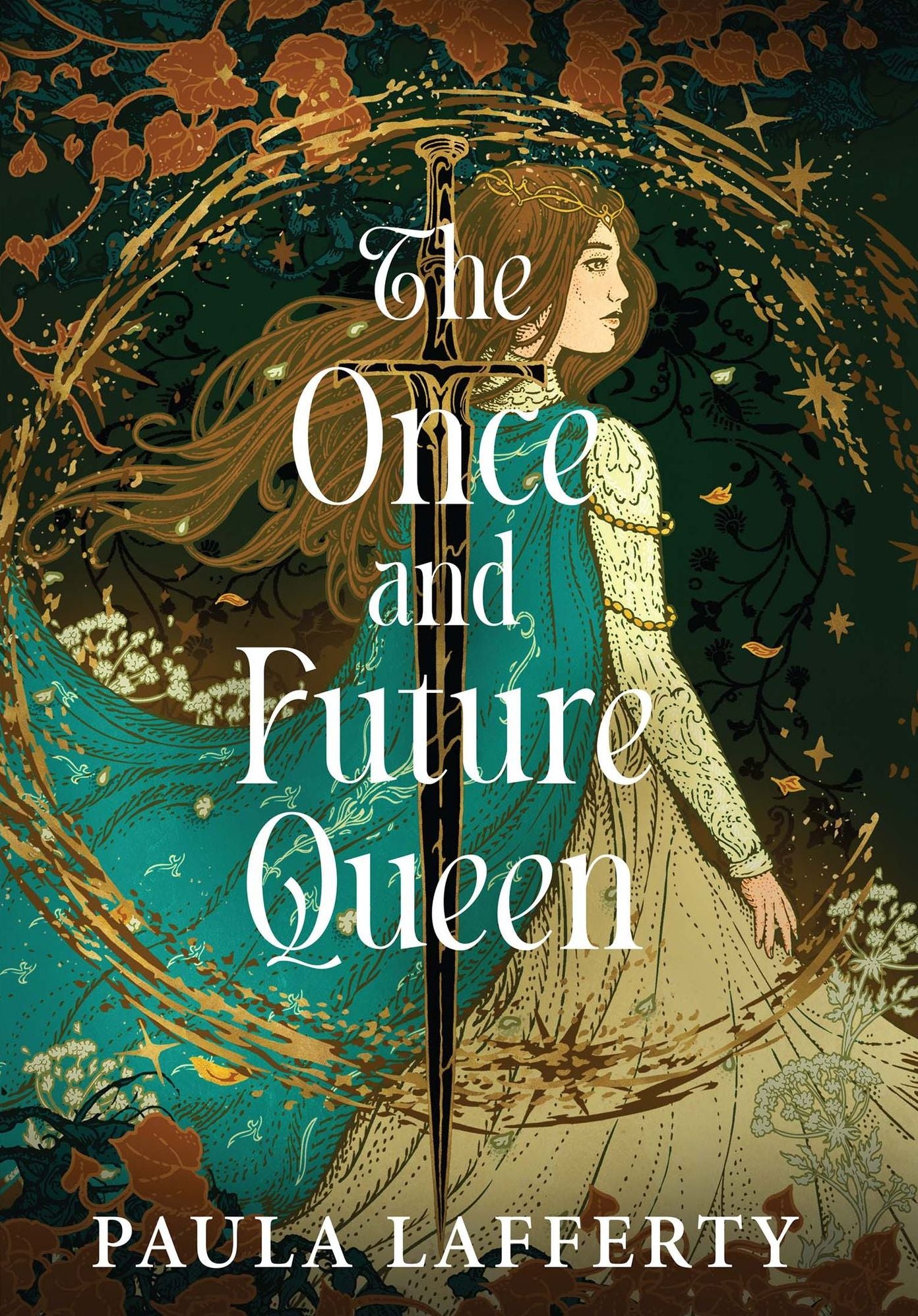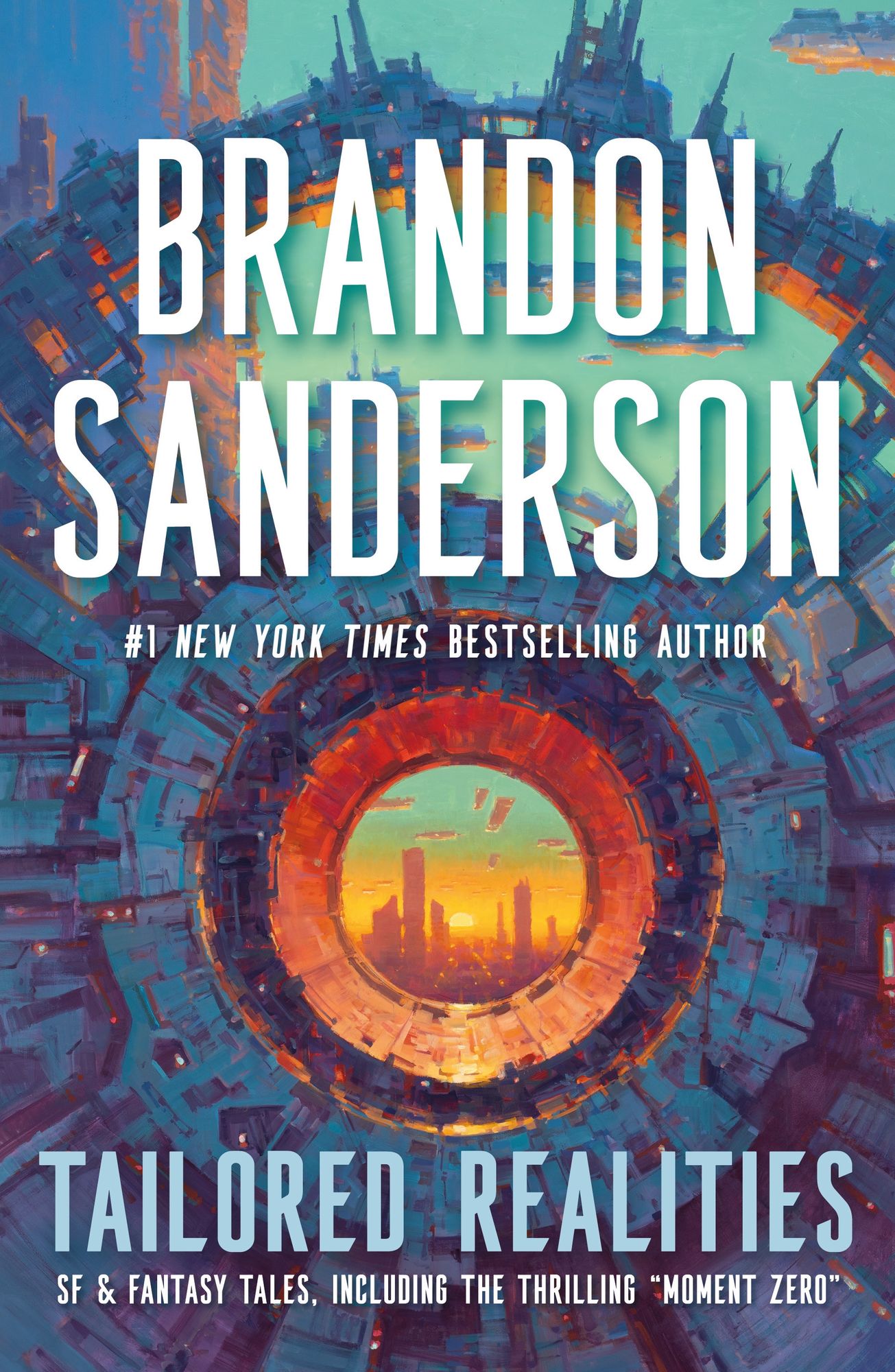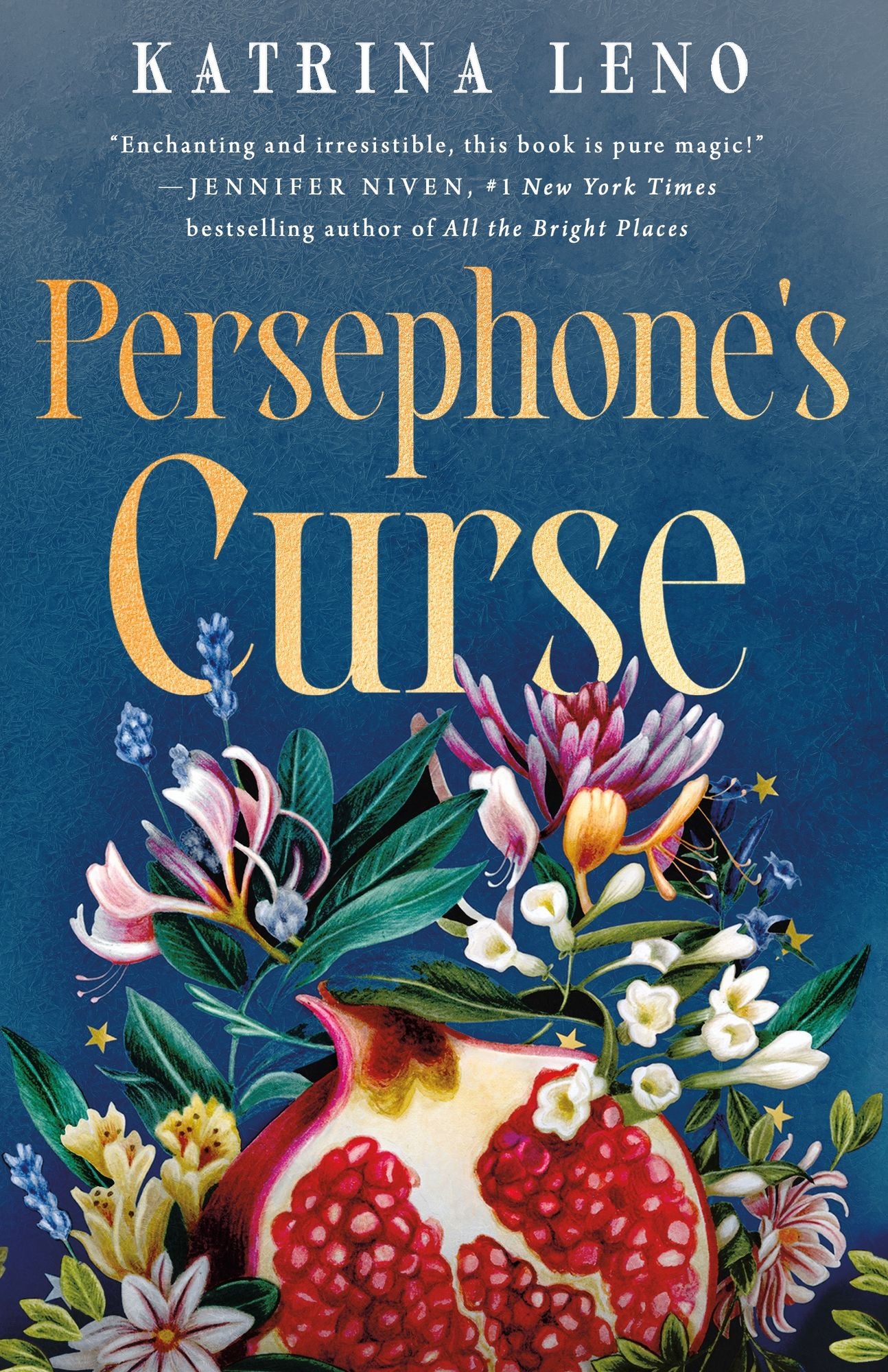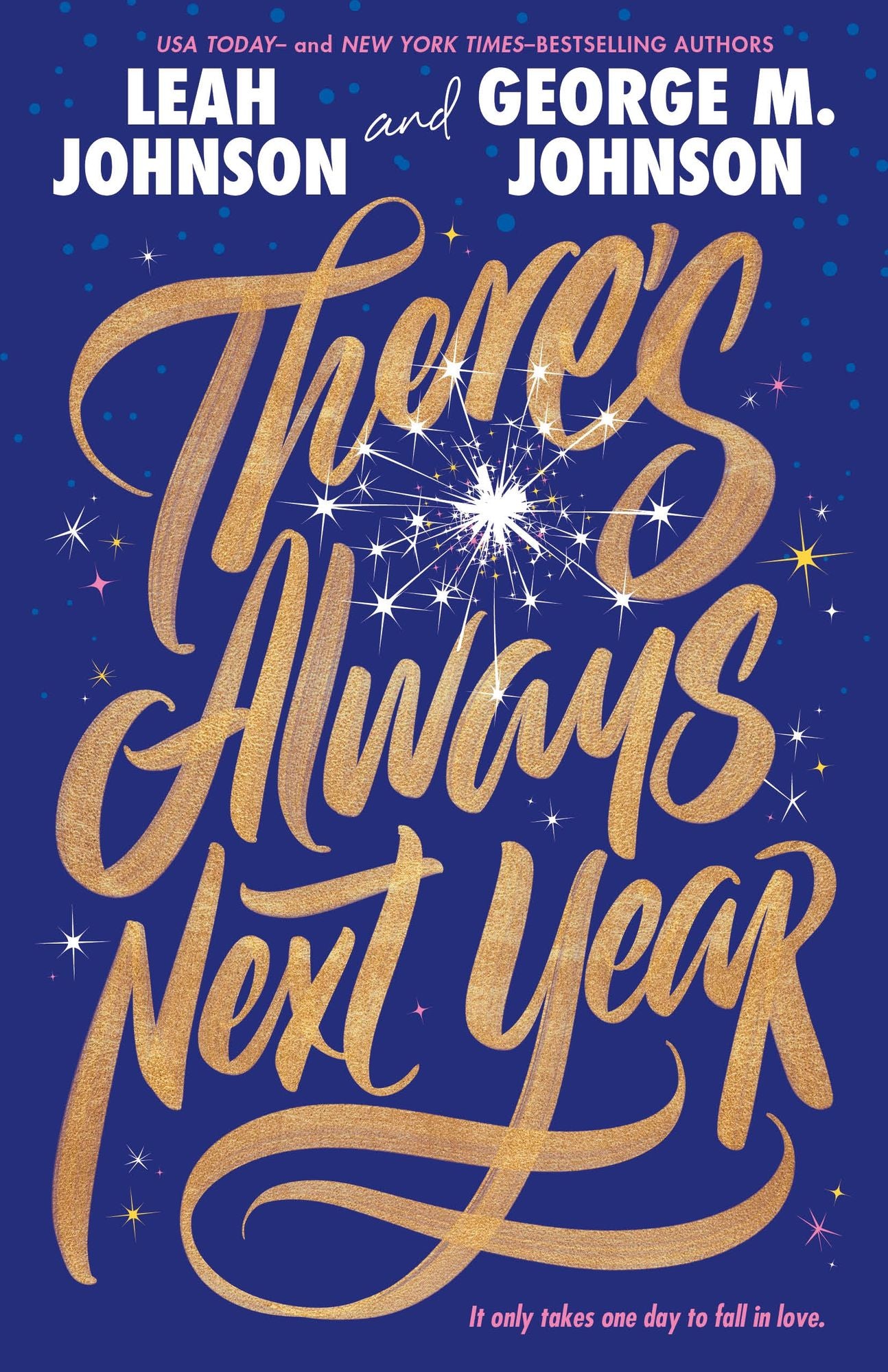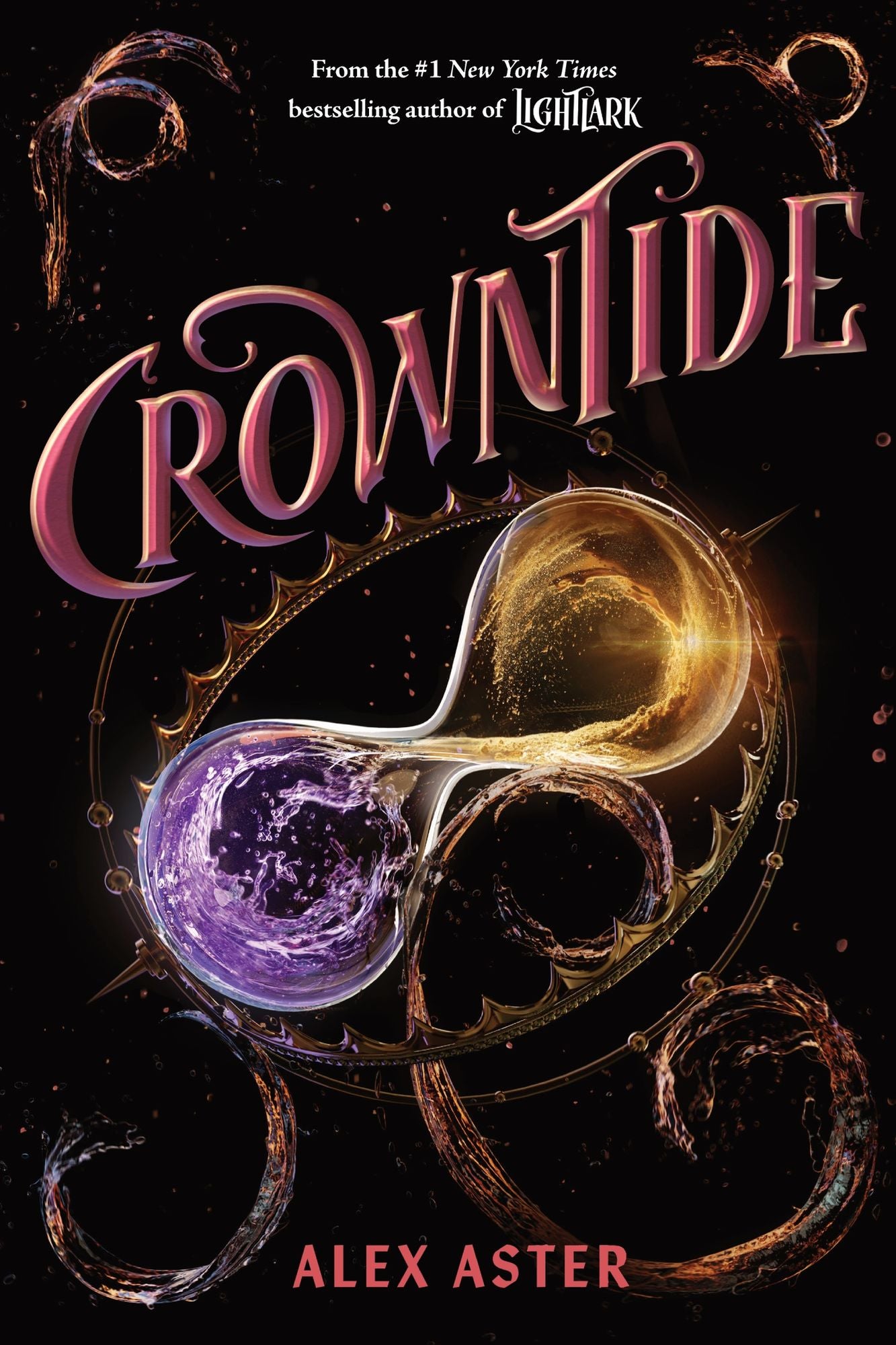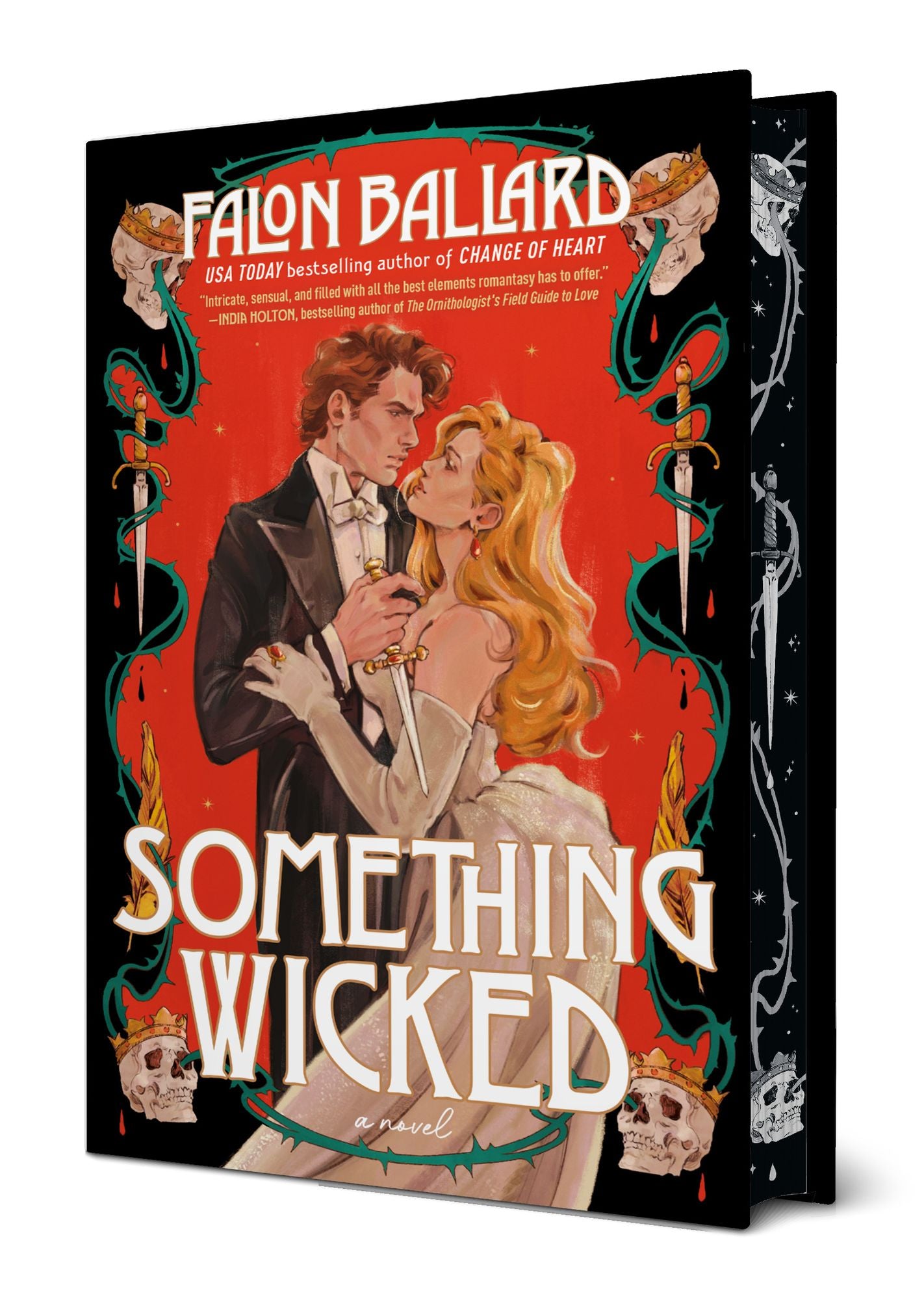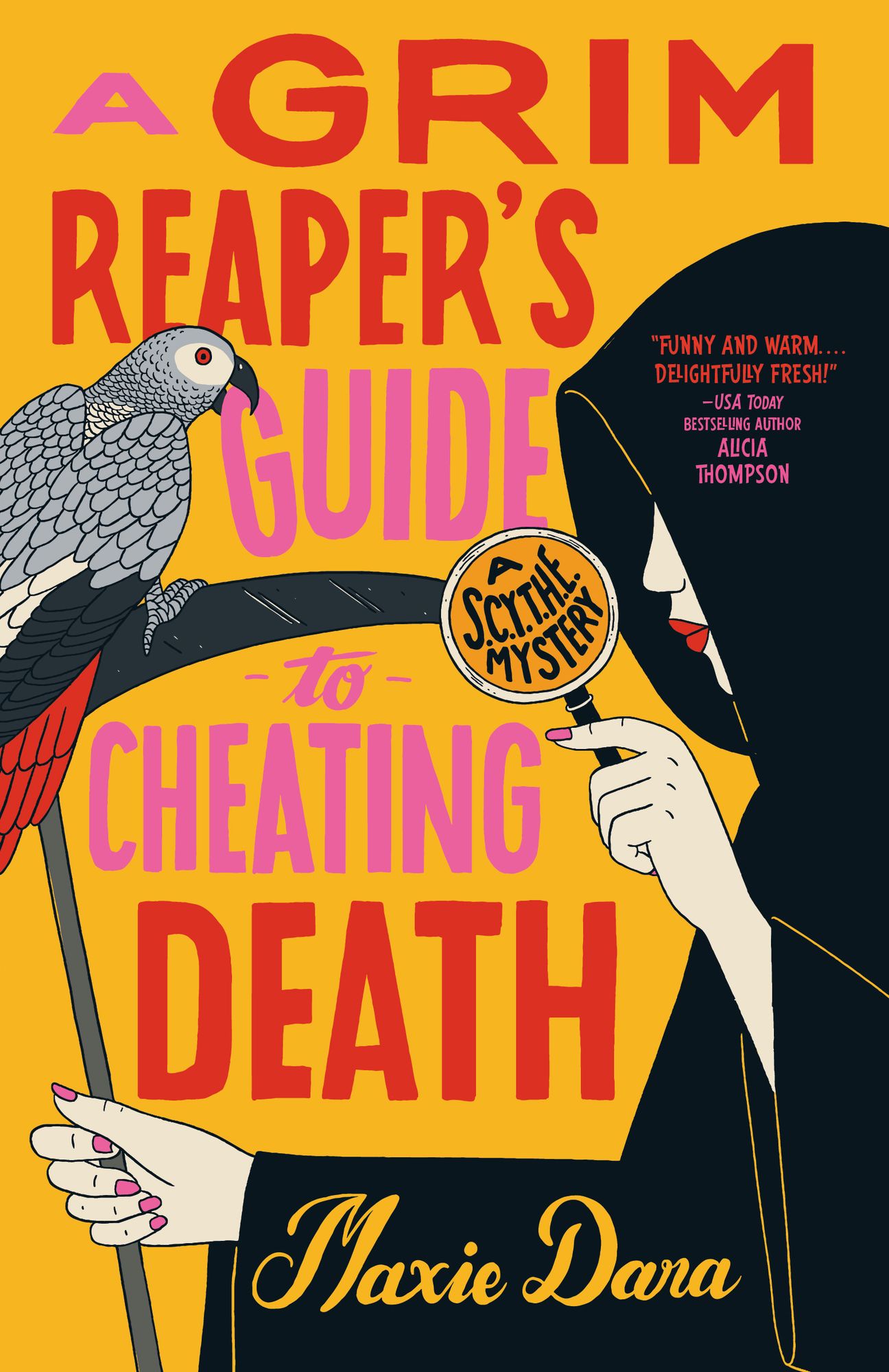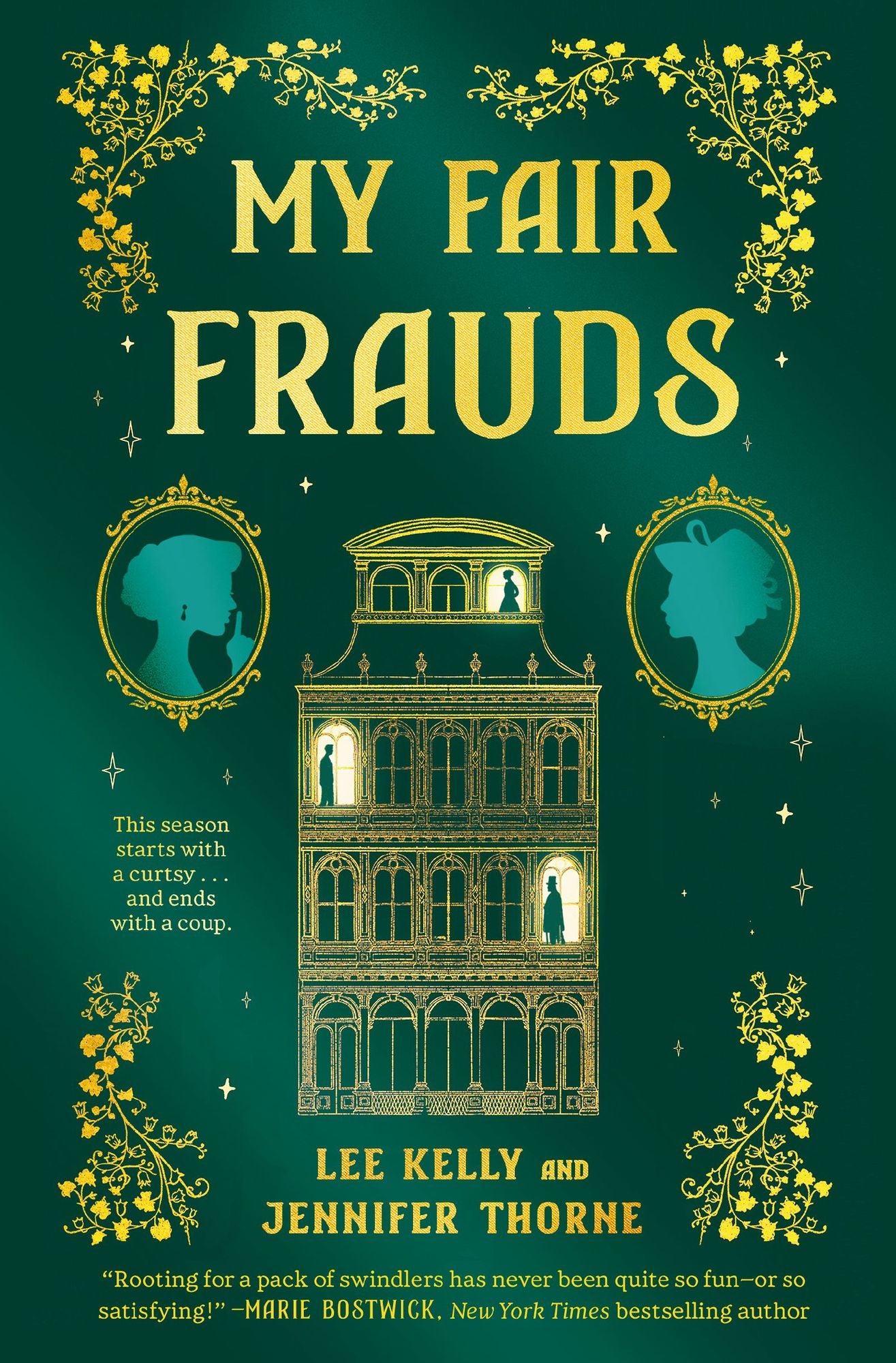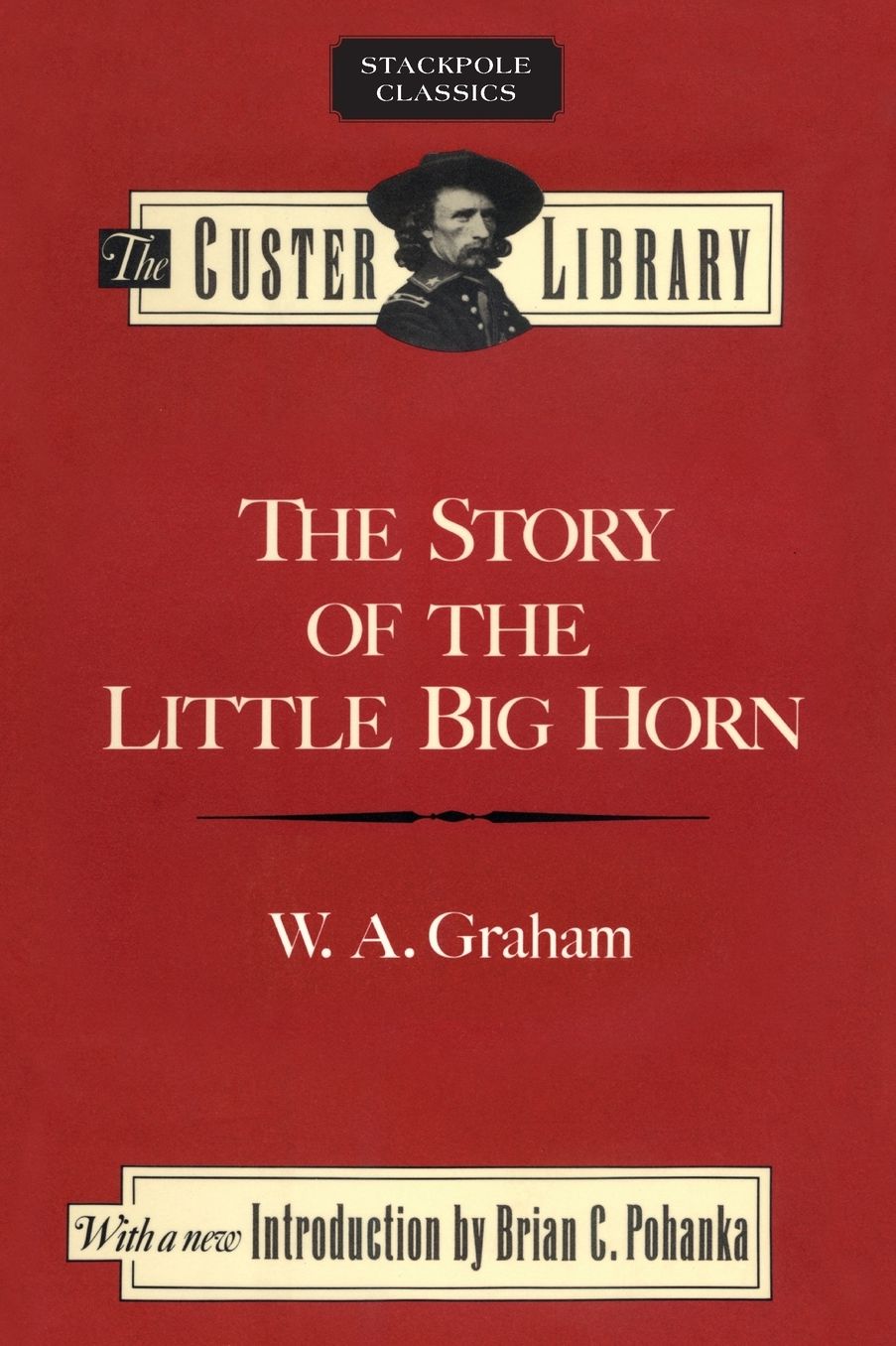
Story of the Little Big Horn
by
W. A. Graham
Format: Paperback
ISBN: 9780811737395
Publication Date: 12/01/2017
Edition Description: Reprint
“Custer had been usually effective as an Indian fighter for several years… He was adept in bringing off surprise attacks that crushed and paralyzed resistance. Both his reputation and his experience as an Indian campaigner were second to none; and the Seventh Cavalry…was held one of the best regiments in the service. It was but natural, then, that when the regiment marched proudly away from the mouth of the Rosebud on its mission, Terry could and did feel confident that if he could but catch the recalcitrant braves of Sitting Bull between Custer and Gibbon, he would certainly crush and capture them; and if, perchance, Custer found them elsewhere than was expected, the Seventh Cavalry, under such a leader, would be more than equal to any emergency.” From the Story of the Little Big Horn
In June 1876, General George A Custer was detailed to a column under General Alfred H. Terry. After being sent ahead of General George Crook at the Rosebud River, Custer and the Seventh Cavalry discovered a Souix encampment on June 25. Not realizing that he was far outnumbered, Custer divided his regiment into three sections, sending two, led by Major Marcus A. Reno and Captain Frederick W. Benteen, to attack upstream. Custer’s section stayed to launch a frontal assault, and every man under Custer was killed.
Soon after the massacre, Custer became a tragic hero in the eyes of the American public, and the event achieved an almost mythological reputation. It was not until fifty years later, however, that the first book-length history of the battle, The Story of the Little Big Horn, was published.
In June 1876, General George A Custer was detailed to a column under General Alfred H. Terry. After being sent ahead of General George Crook at the Rosebud River, Custer and the Seventh Cavalry discovered a Souix encampment on June 25. Not realizing that he was far outnumbered, Custer divided his regiment into three sections, sending two, led by Major Marcus A. Reno and Captain Frederick W. Benteen, to attack upstream. Custer’s section stayed to launch a frontal assault, and every man under Custer was killed.
Soon after the massacre, Custer became a tragic hero in the eyes of the American public, and the event achieved an almost mythological reputation. It was not until fifty years later, however, that the first book-length history of the battle, The Story of the Little Big Horn, was published.
Choose options

Story of the Little Big Horn
Sale price$20.95

